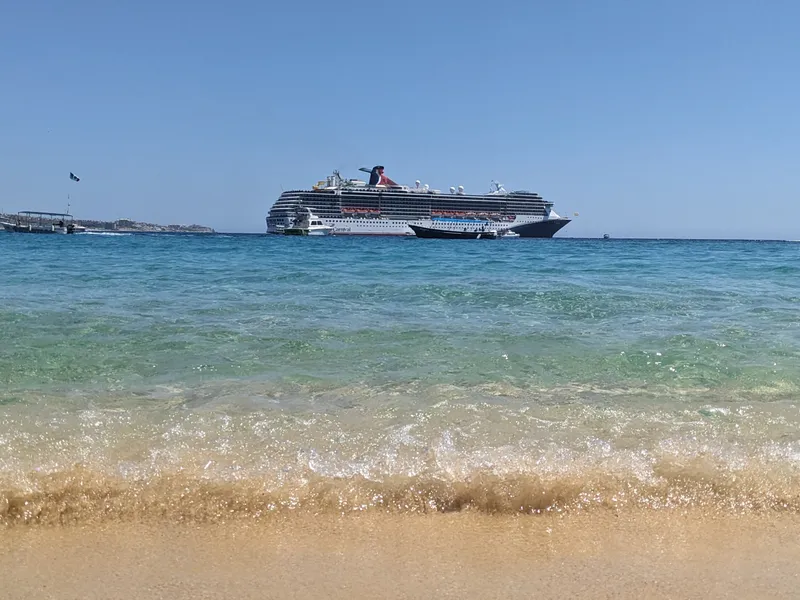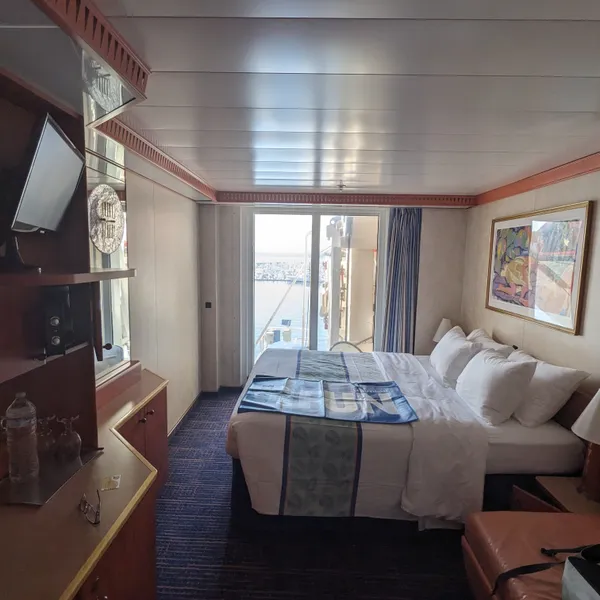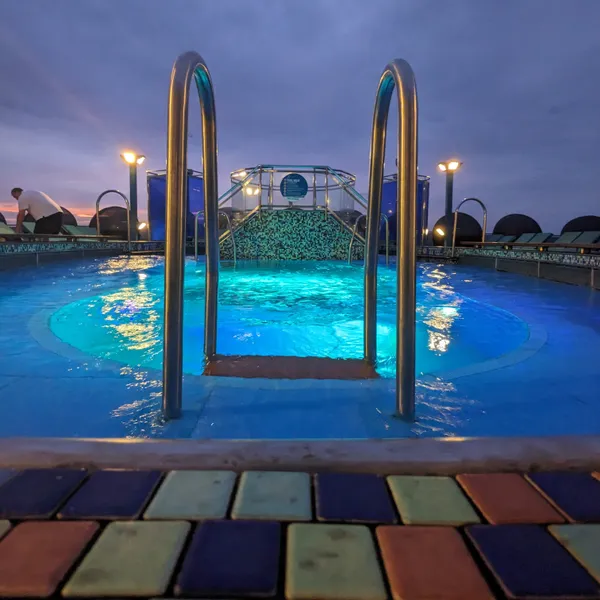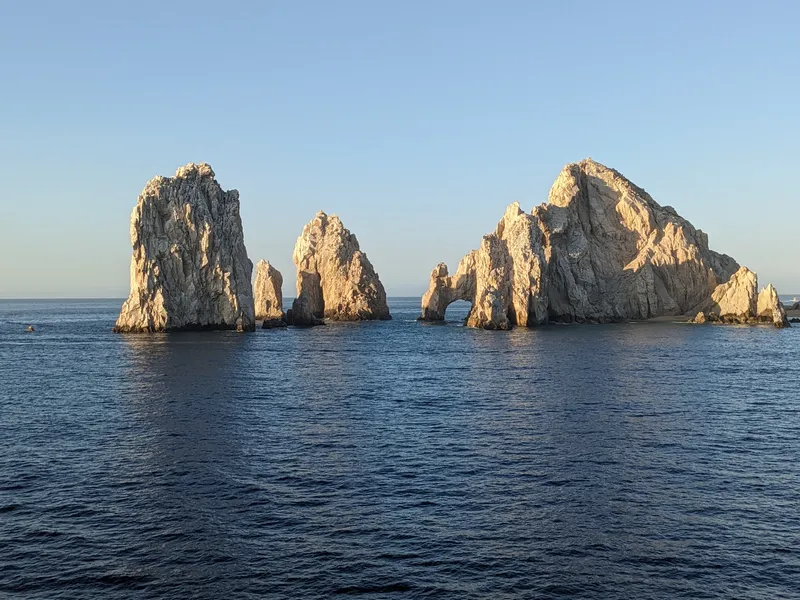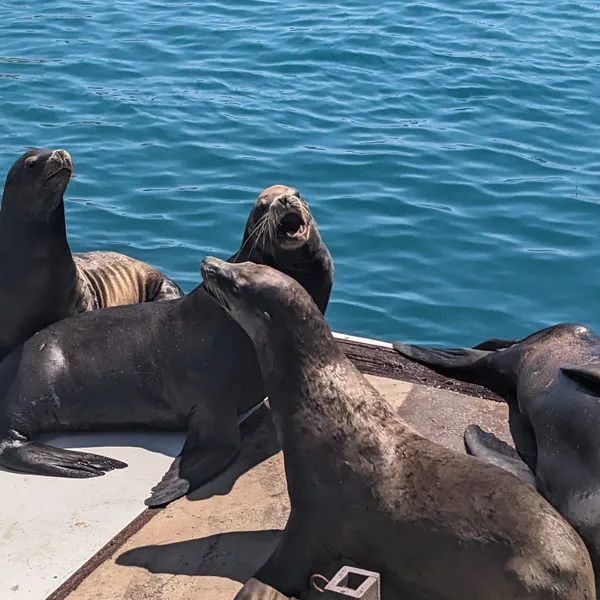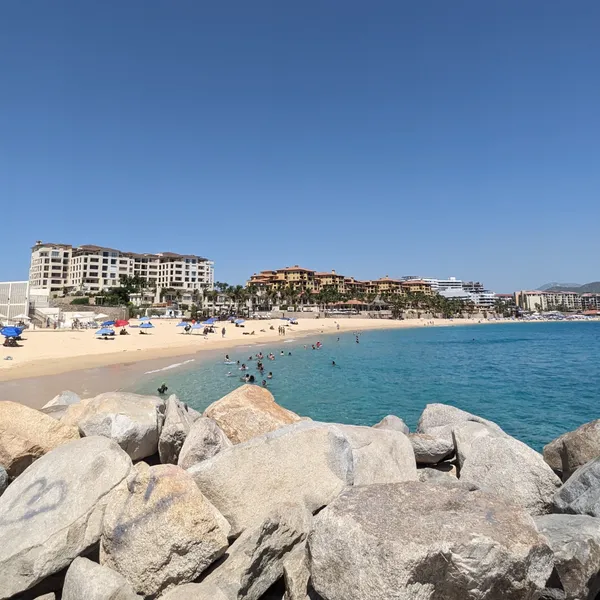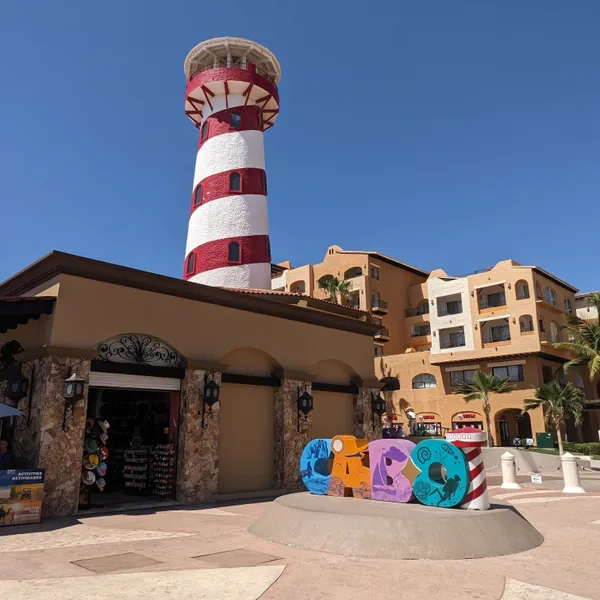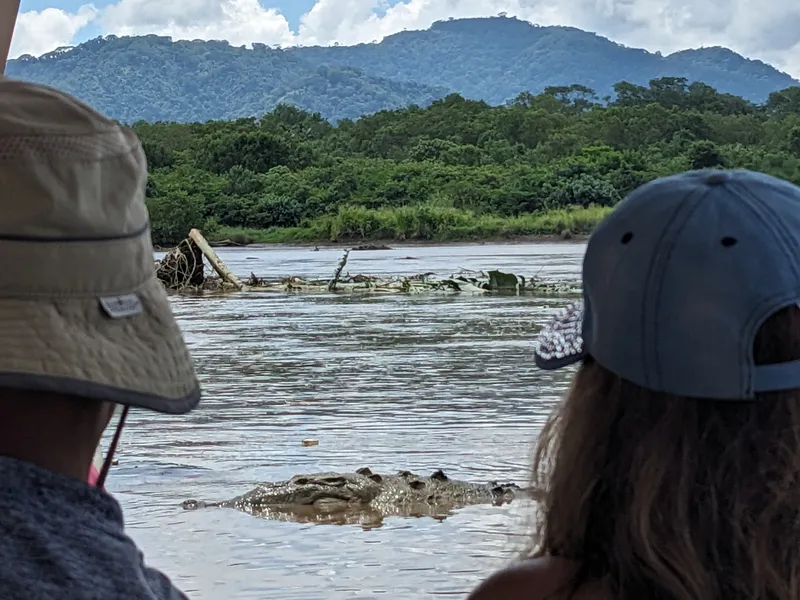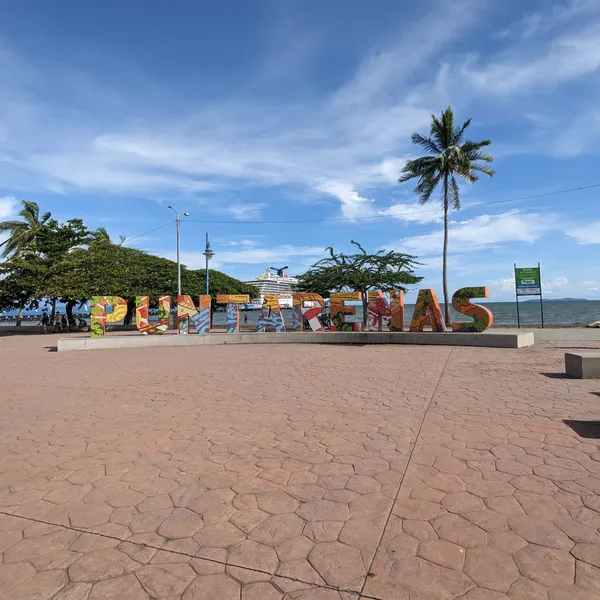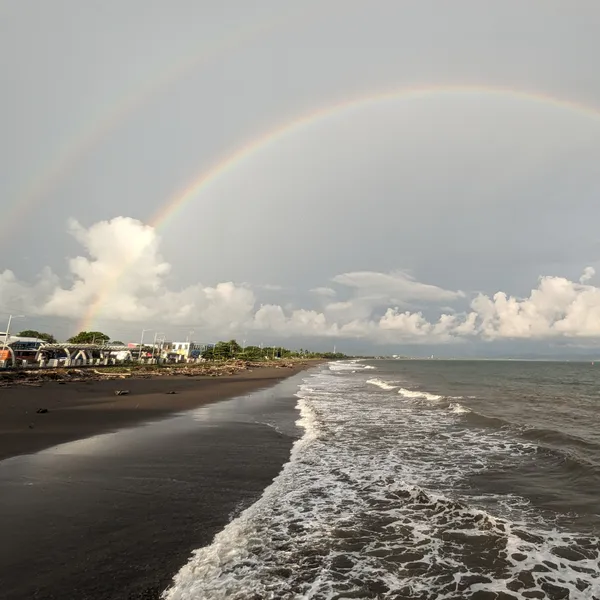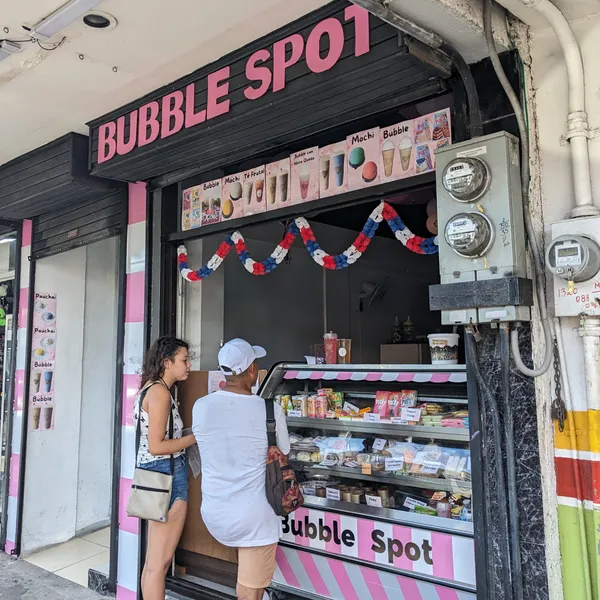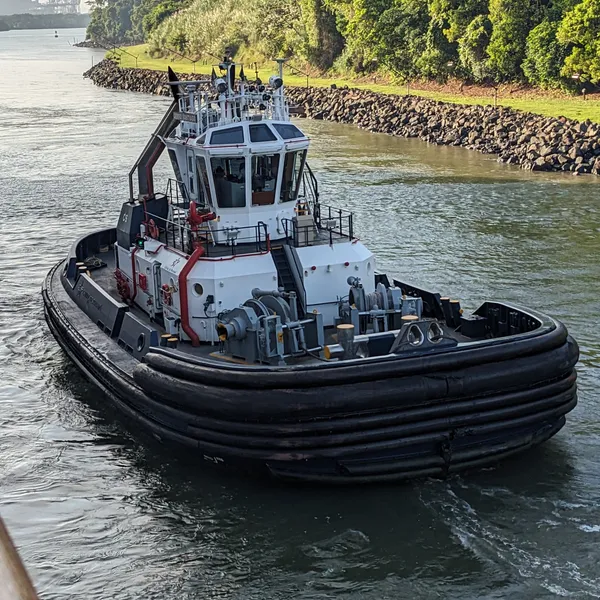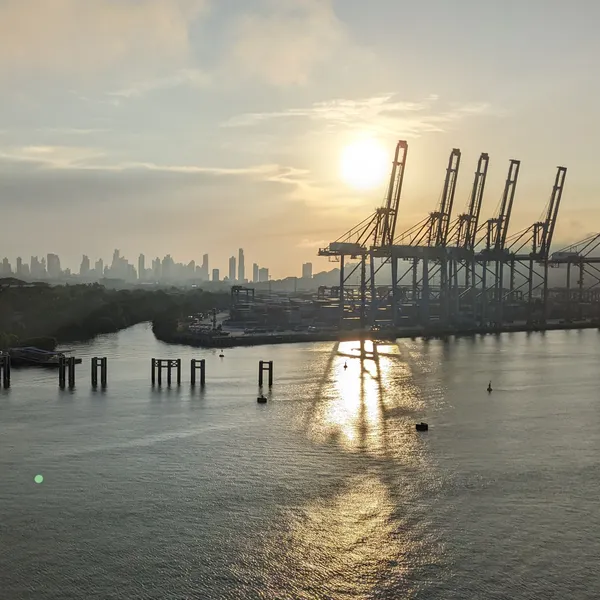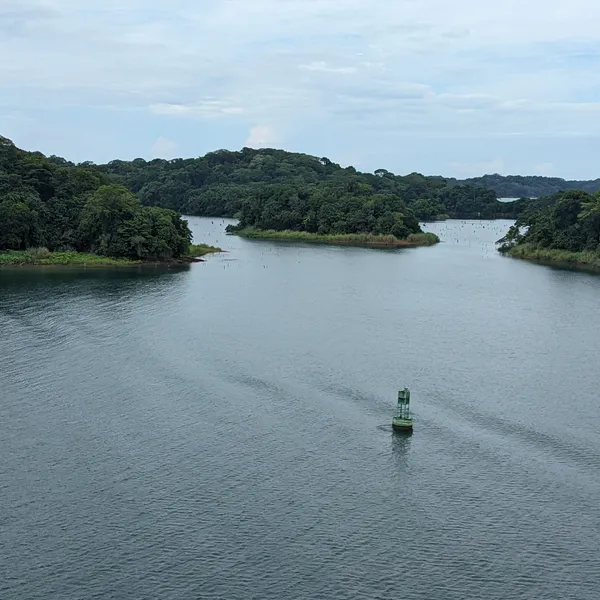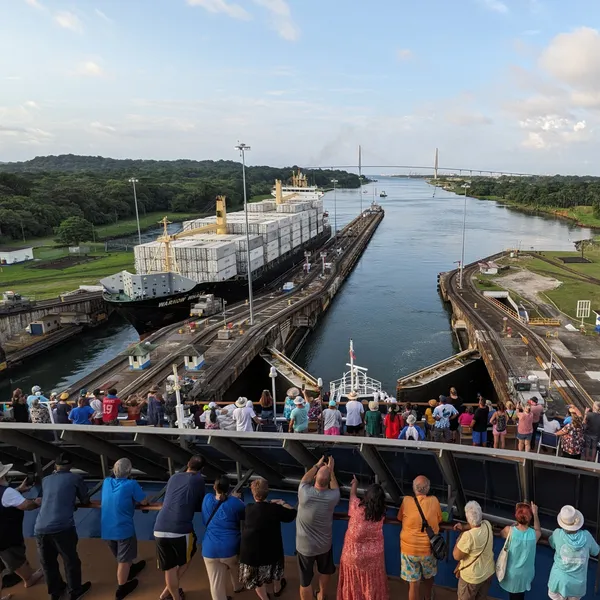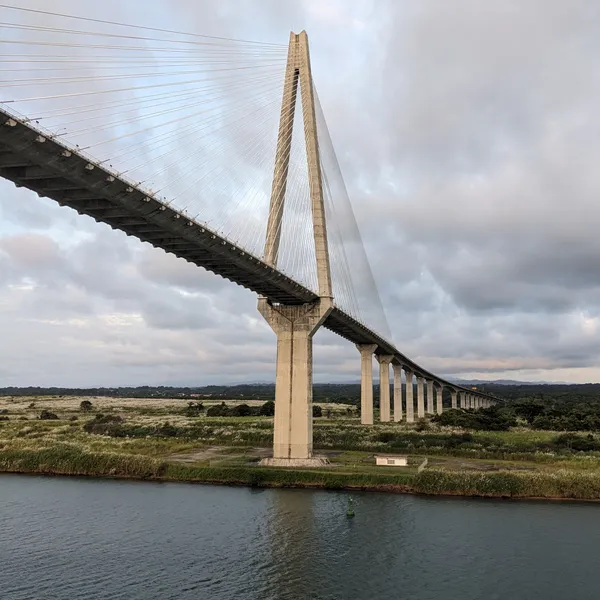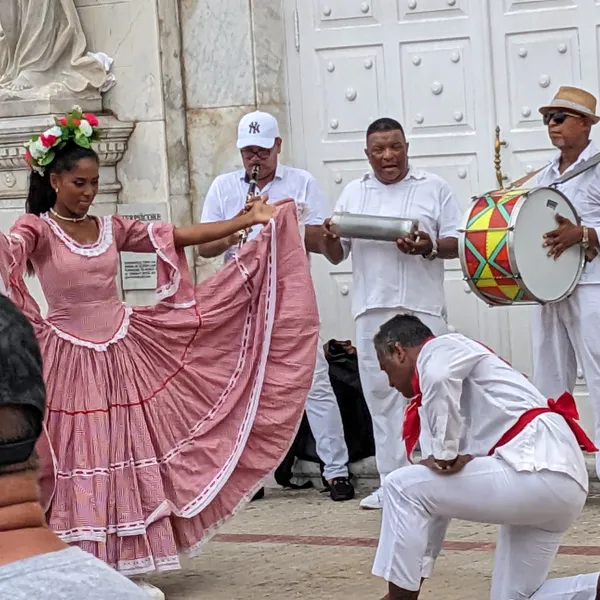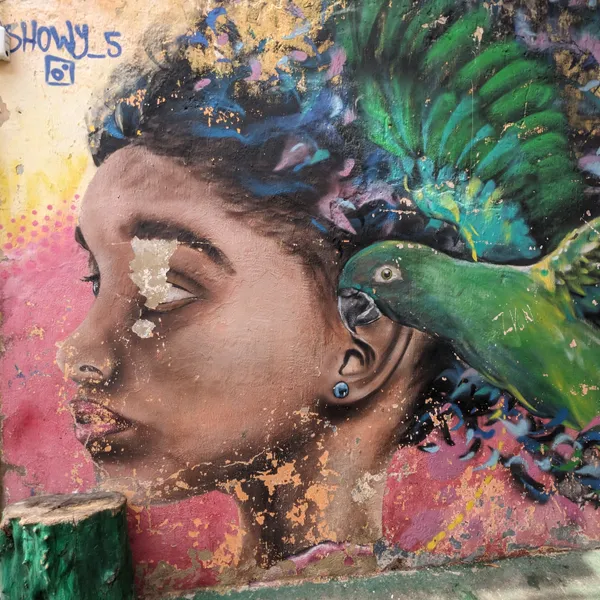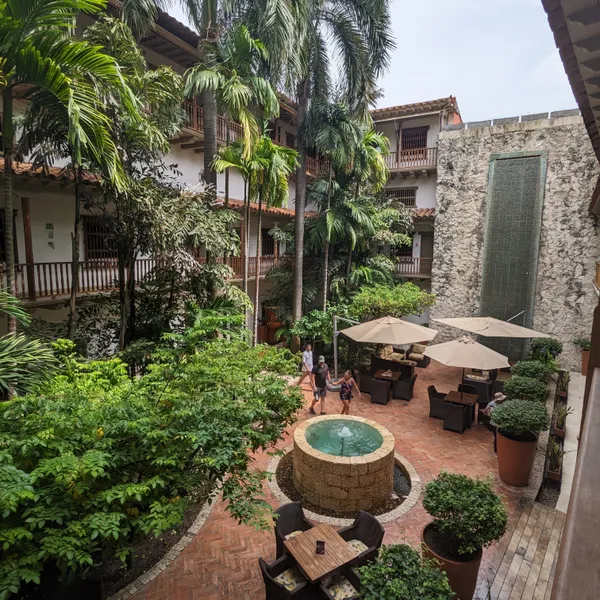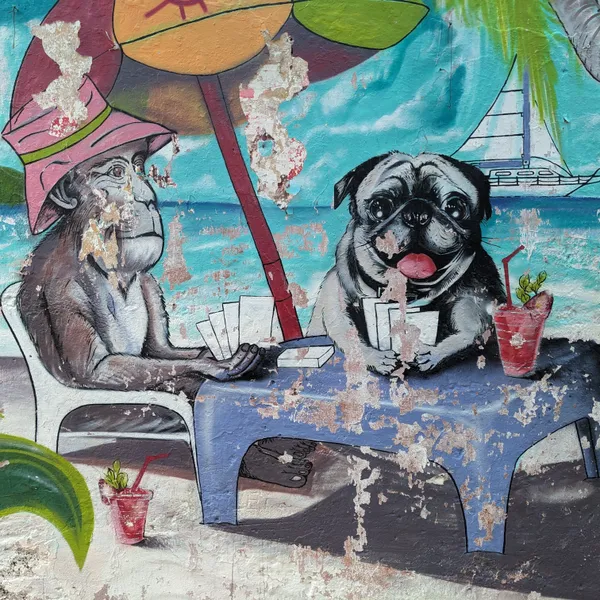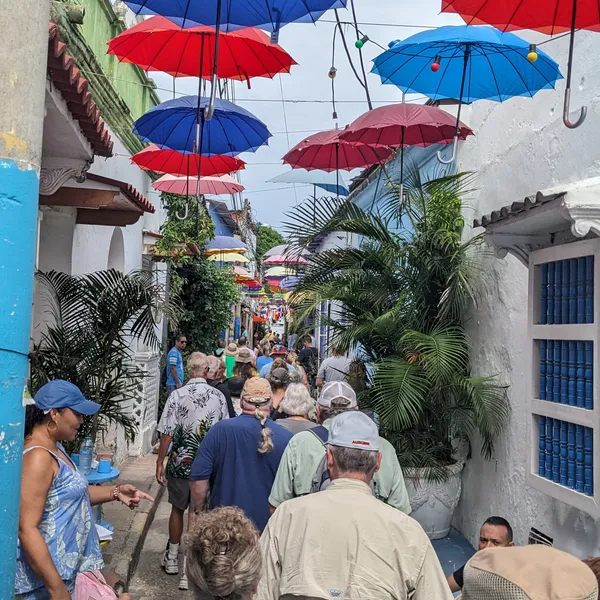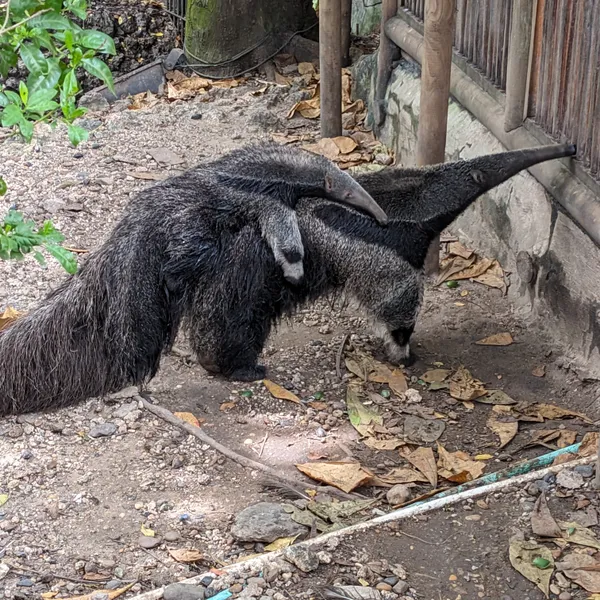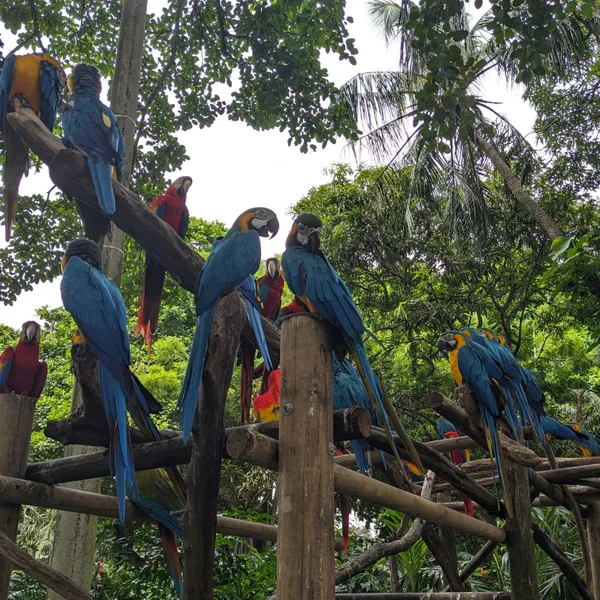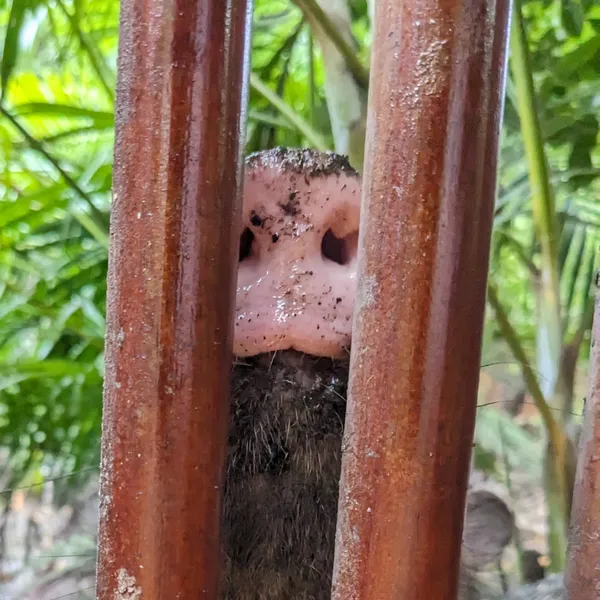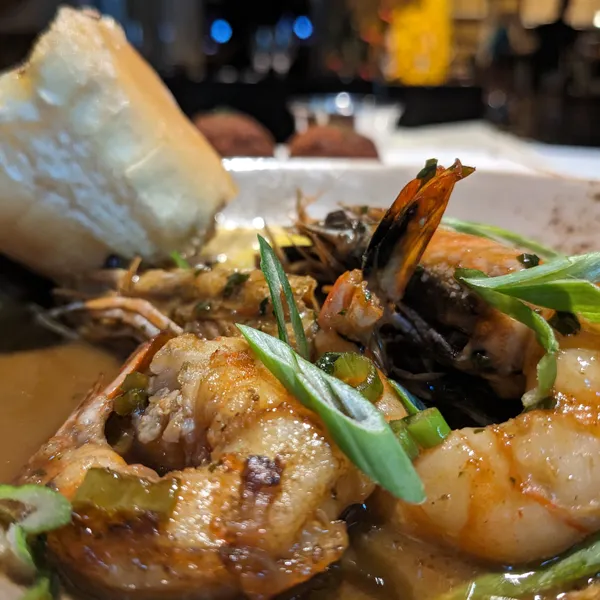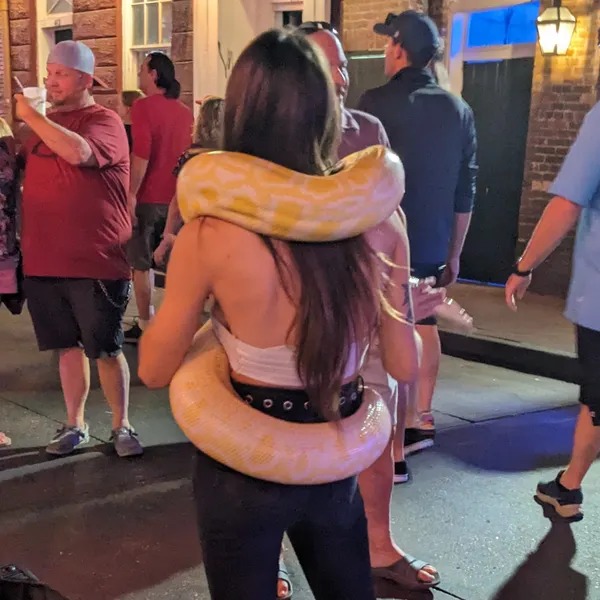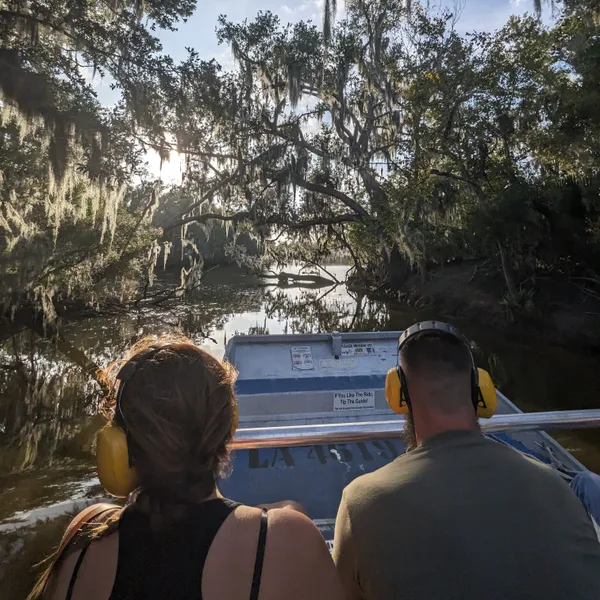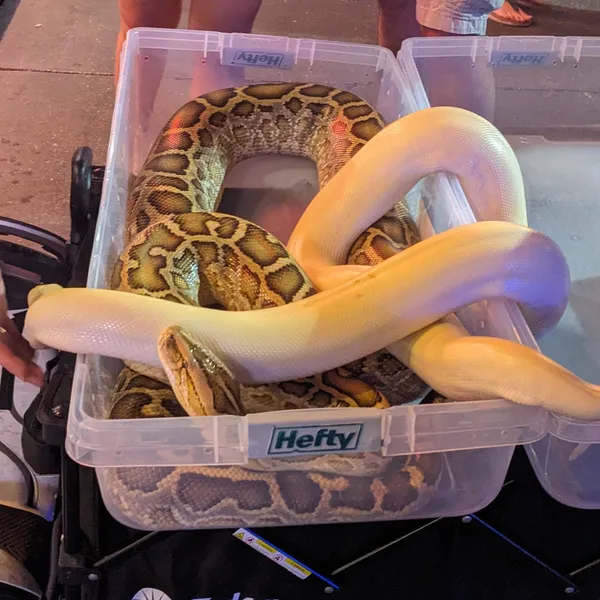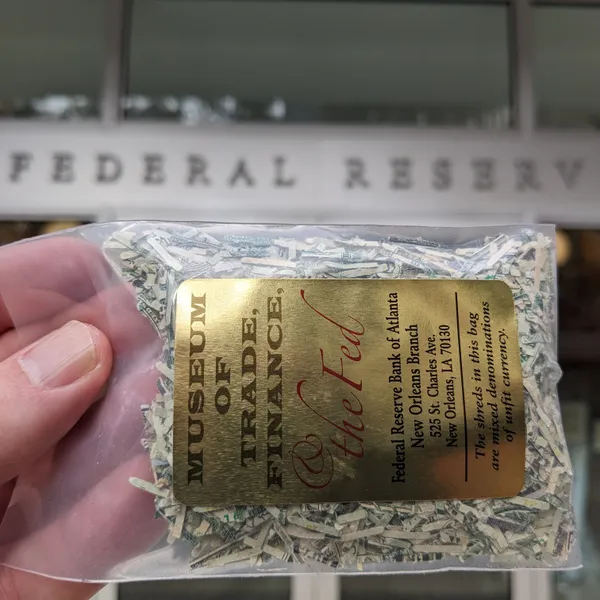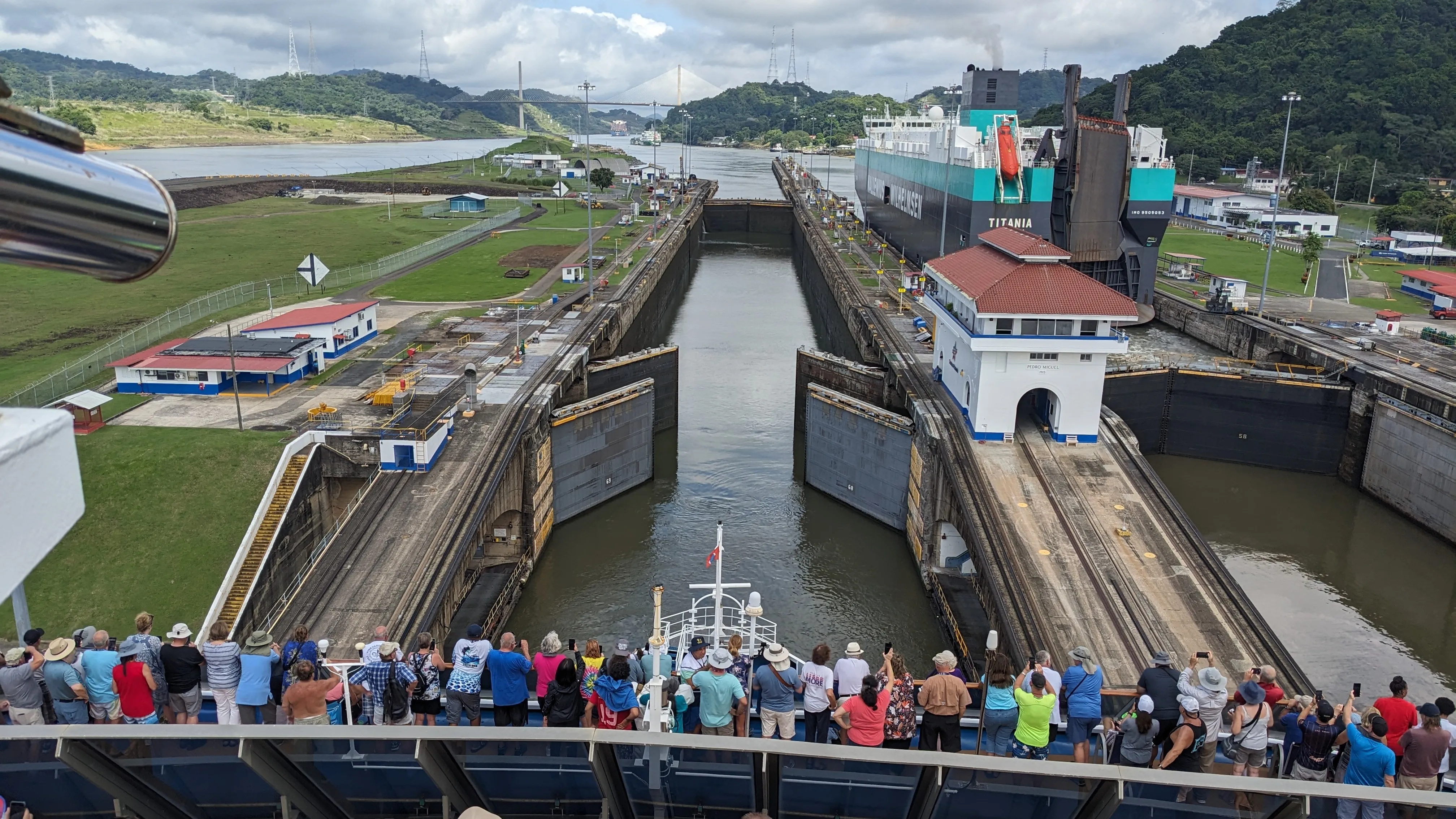
Cruising for "Free" through the Panama Canal
I have always wondered what it would be like to sail through the Panama Canal. In this 20-day trip, I flew to Seattle and hopped aboard the Carnival Spirit. From there we sailed to Cabo San Lucas, Puntareñas, through the Panama Canal, to Cartagena for my first visit to South America, and back across the Caribbean to New Orleans.
Booking the Essentials
Landing a Free Cruise
Cruise ships have casinos and they are always looking for players. If you have casino status, you can often parlay that into a “free” cruise. Free, in this case means I received an inside cabin for free (retail $1,800) and had to pay around $640 in port fees, taxes and gratuities. Transiting the Panama Canal is expensive and so the fees on this voyage are a little higher for the same number of ports on other cruises.
Flying Alaskan, American or Squirrels?
My original flight was with Alaskan Airlines, direct in domestic first class. The flight was purchased through American Express Travel using points. Buying a ticket this way counts as a cash fare with the airline, earning miles, and costs 1 point per cent. However, if you have an AMEX Platinum Business card, you get 35% of your points refunded if the ticket was either in first or with your designated preferred airline. So in my case the flight cost around 28,000 membership rewards, and was expected to earn a few thousand hard to earn Alaskan Airlines miles.
Unfortunately, I found a squirrel nest in my car and ended up missing my early morning flight, pivoting to an American Airlines first class redeye that cost around 30,000 AA miles and put me into Seattle around midnight. This, my friends, is why one always aims to get to a cruise at least one day before departure.
Crowne Plaza Seattle
For the hotel, I stayed in the Crowne Plaza downtown using the annual free night certificate from my IHG Premier card. With all the hotels in Seattle being rather expensive, this saved a ton of money. Concerned they might mark me a no show, which incurs a one night charge, I called ahead to let them know I would be arriving late. The man at the desk was very accommodating, especially when I told him the whole squirrely story. When I arrived, the same man I spoke to was at the desk, and he welcomed me and started to give me a free breakfast voucher just as a nicety knowing I’d had a rough time getting there, but then he realized I was platinum, from the IHG card, making the breakfast complementary anyway. Still I recognized the effort, and it was a very nice touch. Breakfast was excellent and when I looked at my IHG activity later, I noticed they had given me ~3000 points as if it was a paid stay.
The Cruise
Getting to the Port
I didn’t want to lug my suitcase on a bus or pay for a $35 lyft, so I decided to walk from downtown to the cruise ship terminal. Most of the trip takes you through parks along the coast where there are nice wide bike paths. You pass the Expedia headquarters just before reaching the terminal.
While you can do this, it’s a long way to drag a suitcase and the port itself is very much not pedestrian friendly. I had to walk through a car only security gate and then get directions that had me walking through an employee parking lot without any signs telling me where to go and a few telling me places I should not be. Had I taken a lyft, I’m pretty sure I would have been dropped off at a more appropriate location.
The Ship
Carnival Spirit is a nice, smaller ship, part of the “Spirit” class. These tend to get used on longer journeys and to have a higher proportion of balconies and ocean view cabins. You’ll notice that even though I had an inside cabin, it actually has a floor to ceiling window, albeit with an obstruction. If you find the right ship, an inside cabin can easily become an ocean view.
Cabo San Lucas, Mexico
Cabo has its positives and negatives.
On the upside, the rock formations and beaches are beautiful. There’s interesting wildlife and I loved watching the sea lions and fish swimming along the harbor. It’s definitely a boating town and I love seeing all the ships at sea and in the marina.
On the downside, Cabo feels like a city that has lost its soul, and is all about tourists in the worst possible ways. It’s a regular destination for cruise ships, with many all-inclusive resorts hugging the coast. There were lots of people selling hats, jewelry, excursions or trying to get you to go to the strip club. Walking from one end of the harbor over to the beach area and back, I had to say “no gracias” no less than fifty times. Combined with the heat, and total lack of shade, this was rather exhausting. In retrospect, I should have bought one of those hats.
Before we reached the port, I went to a Carnival talk about things to do and see in Cabo, and it ended up being all about shopping, jewelry shopping in particular. While walking along the harbor, I stopped in an air-conditioned mall that mainly sold luxury goods, and inside I saw about one machine-gun armed guard for every five patrons.
On my first cruise, I’d mainly visited countries in the Pacific like Fiji and French Polynesia. While these places are definitely tourist destinations, they only get a few smaller cruise ships every month, and never felt like they had been plastered over by tourists. In contrast, Cabo San Lucas often gets multiple mega-cruise ships in a single day.
Puntarenas, Costa Rica
Puntarenas was a much nicer stop than Cabo San Lucas. While it was clearly a town that serves cruisers, it also felt like a place where locals live and work. I was able to visit a grocery, walk by banks, see lots of restaurants and stalls with less street hassle than I might find in some American cities.
Costa Rica has always prioritized its natural resources and so the thing to do there is to visit one of their world-famous national parks, to go on a river boat ride, or to visit a coffee or chocolate plantation. I chose to take a river boat ride on the Tarcoles river which is famous for its crocodiles. It was a nice experience, but getting anywhere from Puntarenas does take a two hour round-trip bus ride over dicey roads with some occasional stops for construction. Worthwhile, but be prepared for a long journey.
A bit of a warning, while in Puntarenas, I stopped for dinner at an open air beachfront place and ended up with food poisoning. Next time I might be a little pickier in terms of where I eat, probably going for one of the restaurants a few blocks over in town.
Panama Canal
Transiting the canal was an all day affair, and I’d say it live up to the hype. We entered the Miraflores locks a little after sunrise and passed underneath the Atlantic Bridge exactly at sunset. Throughout the journey, the captain would come on the speaker system and tell us about the process of transiting, history, and geography of the canal.
Around the Miraflores locks, a well manicured lawn disguised a double fenced no-man’s land. Several grazing deer had snuck in and were enjoying the open field. At times, the land was close enough that I could have dropped from the third deck walkabout, 10 feet down, and then been in Panama. From land, it would have been just as easy to hop aboard any passing ship, approximately a third of which carry hazardous cargo (like obnoxious tourists).
After passing through Miraflores Lake, we meandered through the long and winding Culebra (snake) cut which was blasted and dug through hills on either side of the canal. This was the hardest part of canal to build. Roughly 25,000 people died building it and it requires constant dredging.
The Culebra ends around the small town of Gamboa. This is where most of the maintenance equipment is like dredgers, and where they float the 100-year-old lock doors for maintenance. Here the passage widens until you are in Lake Gatun.
Though it only kept the title for a few decades, Lake Gatun was the largest man-made lake in the world. It’s full of islands that used to be hills and the channel seems to pass impossibly close to their shores. The lake is also the primary freshwater supply for much of Panama, and did I mention hazardous cargo is constantly passing through it?
Between the need for constant maintenance, the importance of the trade, the fresh water supply, and even the colliding ecosystems, there was a sense of fragility to it all.
Cartagena, Colombia
This was my first time in Cartagena or anywhere in South America and I didn’t know what to expect. I imagine most Americans would picture something halfway between Romancing the Stone and a Miami Vice episode. I found it to be a beautiful city with a rich history on full display, but at the same time, going through growing pains, inequity, gentrification, while processing five centuries of dark historical baggage, most of which can be traced back to Europeans and Americans.
Not knowing where to start, I booked a walking tour of Getsemani, the old quarter and a UNESCO World Heritage site. It is full of old forts, cathedrals, compounds, beautiful houses with ornate floral displays, and endless winding alleys with murals all over. We walked up and down alleys, to a boutique hotel for a drink, were taken to a marketplace to shop for souvenirs, then bused over to two “museums” that were really jewelry shops.
By day, there are lots of street merchants and performers, some of which can be very aggressive. Many of the homes in this area of town have been converted to AirBnB’s or boutique hotels, forcing out the locals. Perhaps part of it was the tour, but there seemed to be a real love hate relationship with the mobs of cruise ship tourists, accurately informed by five centuries of colonialism. I mean, I would hate us, and maybe that’s all that it was.
Regardless, it was an amazing city, full of interesting people, and definitely worth a visit. I’d like to visit it again, but I feel like I’d want to go with a few friends, get out of the tourist traps, avoid the hot daytime hours, and possibly wait until the ride hailing situation has settled down.
When I visited, there had been a recent Colombian Supreme Court decision outlawing Uber and other ride hailing services. Uber, in typical form, immediately reopened under a new sub brand with a slightly different business model where you rent a car for a short period of time, through the uber app, and it comes with a driver. Despite the fact that this is widely believed to be legal, technically, there were many reports of drivers being pulled over and harassed by the police, their vehicles impounded. And so riders were expected to ride in the front seat to make it less obvious that it was a paid ride. If you want to get a ride otherwise, you’d have to call a taxi service and negotiate a rate.
The pictures below are from the aviary at the cruise ship port. This was, by far, the most interesting cruise terminal I’ve seen. Lots of interesting animals, fresh juices, it felt a bit like a small zoo and much less like an industrial port.
That said, most cruise terminals, you can walk out of, and this felt more like a captive location from which you’d need to get a cab or take a bus.
New Orleans
The final stop of the trip was New Orleans. I’d been to New Orleans before and so my goal was to get some good food and try out a few things I’d missed on the last trip including an airboat ride and a visit to the WW2 museum. And of course, what trip to New Orleans would be complete without a walk down bourbon street and a plastic tub of giant snakes.
While there, I stayed at an independent hotel, the Pelham, to use up my VentureX $300 travel credit. The hotel was interesting, kind of a jazz vibe throughout. My room had 12+ foot ceilings but no windows and of course no early checkin or breakfast or any of that. In terms of value, I think I’d have done much better at one of the Hyatts, like the Eliza Jane or Centric.
Closing Thoughts and Cost Summary
The Panama Canal was a bucket list item for me, and it lived up to my expectations. Cartagena was one of the more interesting cities I’ve visited, and I’d love to return some time.
Besides those two things, I found the ports and on-ship experience to be better on my earlier transpacific voyage aboard Carnival Luminosa, even though that ship was unambiguously an older and less feature rich vessel. The entertainment was better, they had excellent naturalist talks, and the ports were places that hadn’t been overrun by a cruise ship economy. Also, it wasn’t quite so American centric. I’ll be curious to see how the typical American Caribbean cruise compares.
This trip really combined resources from a lot of places. The free cruise came from casino status from a Wyndham card, a free night from an IHG card, American airline miles from shopping portals, Amex points and the 35% rebate, the VentureX $300 travel credit. It’s a good example of how the more you play this game, the more options you have and the easier it is to make things work.
| Item | Points | Cash | Retail | Earnings |
|---|---|---|---|---|
| Carnival Spirit Inside, Seattle to New Orleans (16 days) | $640 | $1,800 | ||
| American First, Columbus (CMH) to Seattle (SEA) | 30,000 American miles | $5.60 | $500 | |
| American First, New Orleans (MSY) to Columbus (CMH) | 17,500 American miles | $11.20 | $500 | |
| Crowne Plaza Seattle (1 nights) | 35k Certificate + 4,000 points | $30 | $300 | 3000 IHG points |
| Pelham Hotel New Orleans (2 nights) | $300 VentureX Travel Credit | $60 | $360 | |
| Totals | $746.80 | $3,460 |

